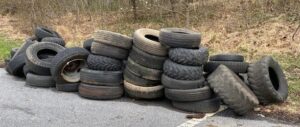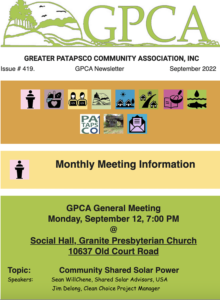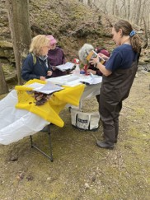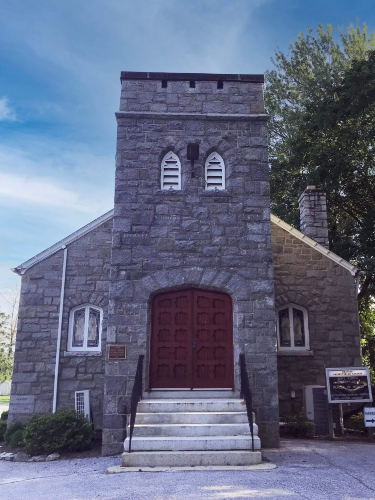COME JOIN US 6th Annual Fall Cleanup Diamond Ridge ParkSaturday October 22, 2022, from 8 to NoonMeet and Park:7500 Dogwood Road, Woodlawn, MD 21224 Organized by GPCA Small watershed conservation Committee Read More…
GPCA Newsletter October Issue is Out
Read about how to keep our streams healthy by reducing animal waste from our property flowing into our rivers. Learn about a cell phone app that connects you to a naturalist community and deepens your understanding of all the living creatures around you. Read more….
Reimagine Security Square
Baltimore County will host a design charrette, a collaborative process that will engage Woodlawn-area residents and community leaders in reimagining the Security Square Mall area. The charette will provide a forum for ideas and feedbacks. The first Kick-off meeting is scheduled on Tuesday, Sep 13, 2022 6:30 pm | (UTC-04:00) Eastern Time (US & Canada). […]
GPCA Newsletter September Issue is out
An exclusive digital publication of our September issue of GPCA Newsletter is here. Read about the update on Serenity Ridge, the Small watershed stream monitoring activities, and what is happening with Granite Historical Society and Patapsco Heritage Greenway. There are also some new recipes for you to try out. Read the Newsletter Here.
Save our Streams
GPCA General Meeting-09/12/2022
Date/Time: 09/12/2022 7:00 PM Topic: Community Shared Solar Power Location: Social Hall, Granite Presbyterian Church, 10637 Old Court Road. Speakers: Sean WillChene, Shared Solar Advisors, USA Jim Delong, Clean Choice Project Manager The Maryland Public Service Commission has implemented a seven-year community solar pilot program to provide access to solar-generated electricity in a manner similar to […]








